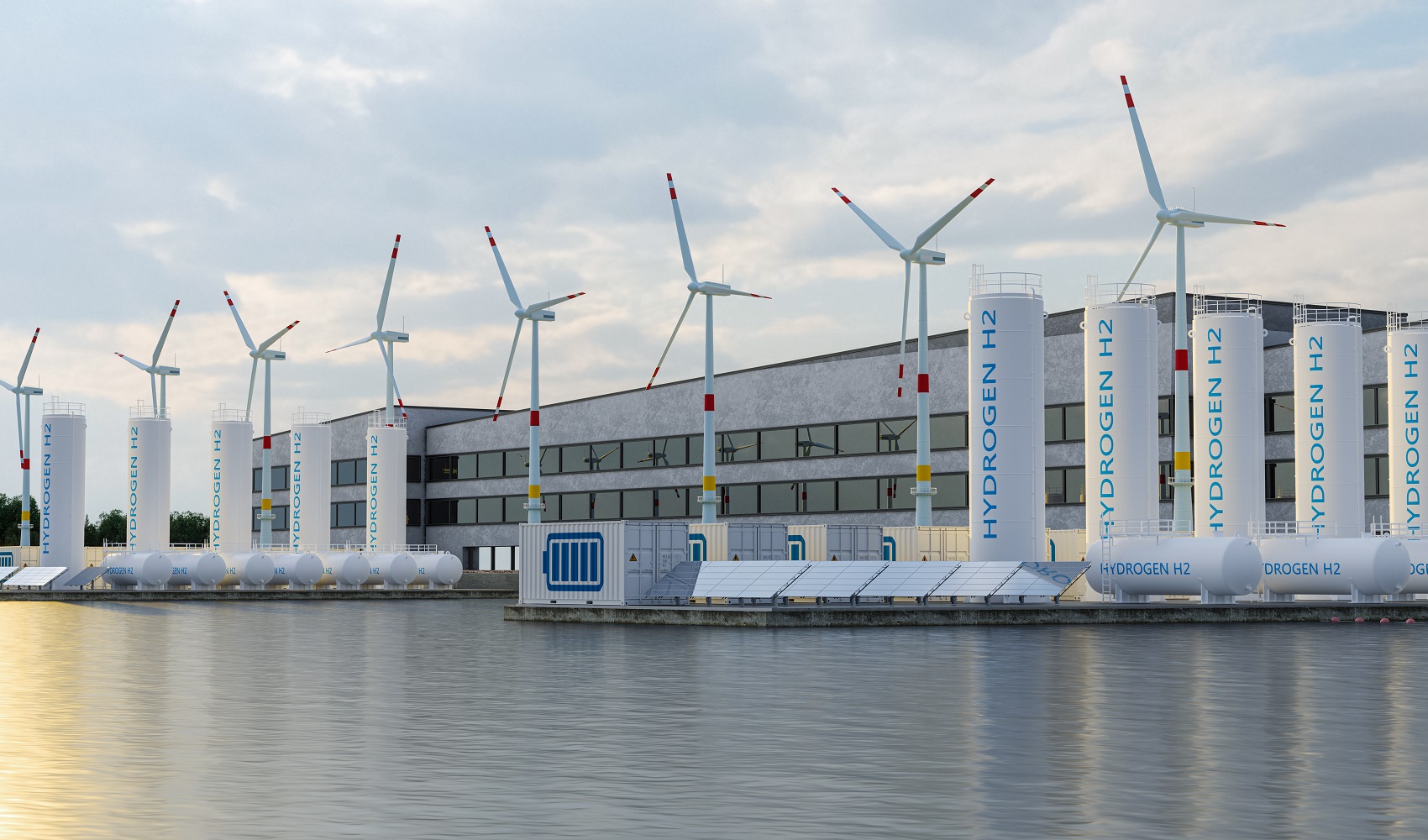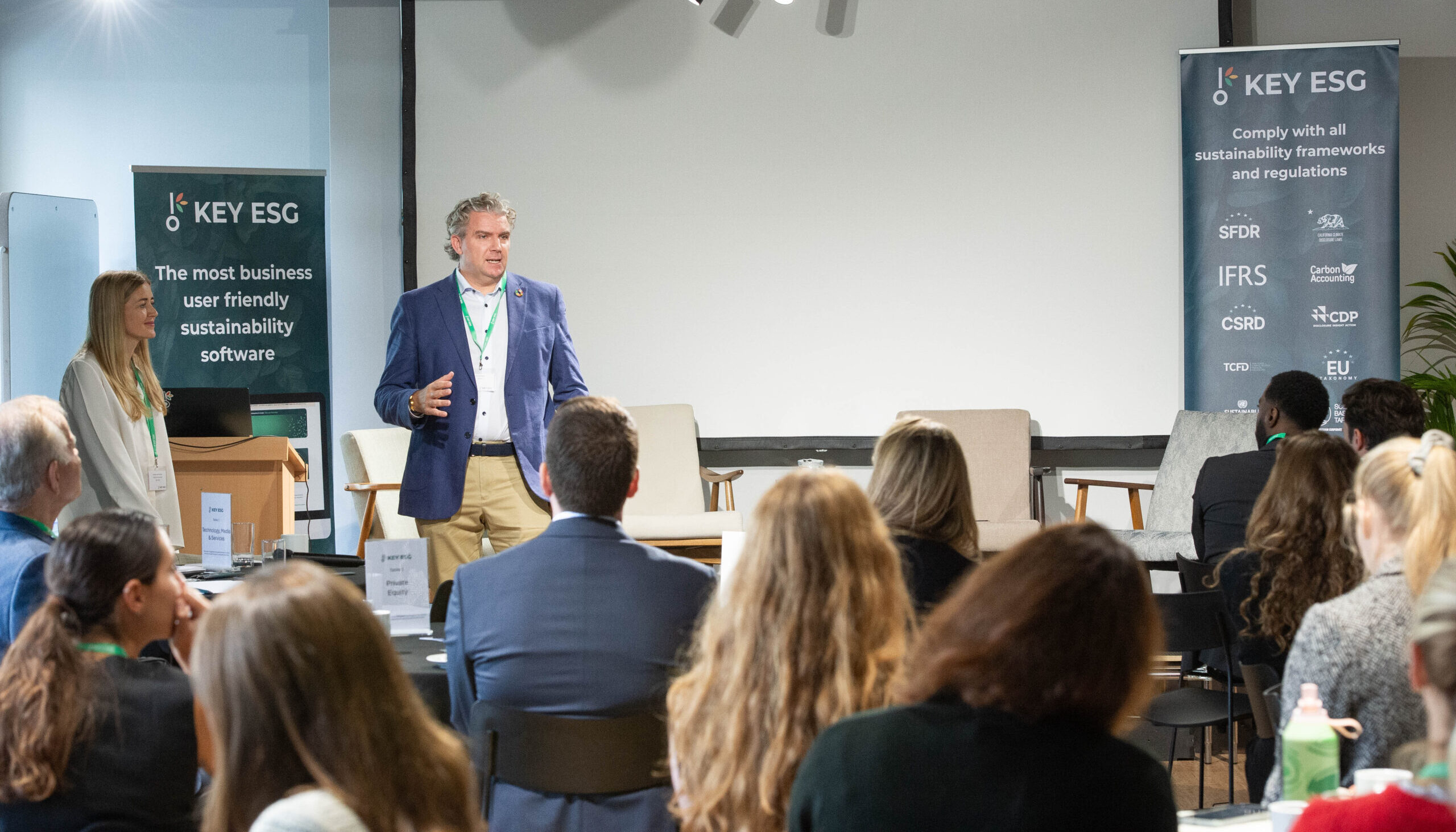Nature and the need to revalue natural assets arose as key themes during COP28 with a repeated, critical call for a reassessment of the value of natural capital; and an emphasis on strategic planning for nature as the competition for land use across the verticals of the bioeconomy steps up.
This shift in discussion, which adds to and currently sits alongside climate and carbon strategies, has been developing over recent years and is supported by two key developments. The creation of science-based targets for nature followed more recently by the publication by Taskforce on Nature Related Financial Disclosures (TNFD)’s LEAP guidance, offering a roadmap for organisations embarking on their nature strategy.
What is needed, if we are to successfully build impactful nature strategies for organisations, is nothing short of a paradigm shift. It isn’t a case of bolting-on a new chapter in our green transition, but a rethink of the products, services, and methods we are using by introducing nature as an indispensable stakeholder.
At Xynteo, we don’t see this as a nice-to-have approach. This is a critical commercial necessity which forward-thinking organisations will be able to prepare for and lead with. Over half (55%) of the global GDP, equivalent to around USD $58 trillion, is moderately or highly dependent on nature and ‘nature co-design’ (the meeting point of biology, material science and nanotechnology, leveraging nature’s design principles and manufacturing capabilities) is expected to impact over $30 trillion of economic activity in the next 30 years, equivalent to 40% of current global GDP.
In January 2024, Xynteo’s London team brought together a group of cross-sector leaders from commercial sectors, finance, climate tech and NGOs to share thinking, best practice, challenges and strategy around introducing nature as a stakeholder in our business strategies. Through the roundtable discussion included with organisations from across sectors, key themes have emerged.

A noticeable shift is underway as nature steps out of the shadows and takes on a more central role in the discourse around business and strategy. This a departure from the traditional sidelining of nature to a position of fundamental significance; one that is being discussed in boardrooms and strategy planning sessions with varying degrees of confidence, engagement, and understanding.
Challenge: Building interconnectedness in internal and external decision-making for nature and business
Breaking Down Silos: A critical challenge is the current siloed approach to thinking about nature and climate issues. Rather than adopting a collaborative or systemic mindset, organisations tend to compartmentalise these crucial elements – climate, nature, carbon, financial risk. This approach doesn’t acknowledge the intrinsic interconnectedness that comes with being part of an overarching natural system.
Carbon and nature are two sides of the side coin – it is not sensible to view them as separate issues or risks. Actions or regulations that encourage the bioeconomy but curtail the ability to sustainably harvest biomass can be confusing and detrimental. The call is loud and clear— we have a pressing need to break down these silos and foster a more integrated and interconnected approach.
Challenge: Reducing complexity across standards, frameworks, and guidelines for nature and related concepts while maintaining robustness
Navigating Confusion: Similarly, organisations can find themselves confused. They see the landscape of regulations and standards as complicated, with many criss-crossing frameworks that offer separate targets, metrics, and reporting requirements. Many companies have only just wrapped their heads around carbon-related reporting and strategies, and are hesitant to commit to a new, nature-specific undertaking.
This tells us there a need to integrate frameworks, to highlight the interconnectedness of carbon and nature, and to translate metrics. As long as these are seen as separate concepts, and separate from core business planning, progress will be slow.

Challenge: Understanding and agreeing on fundamental concepts for nature to make meaningful progress
Deciphering Restoration and Recovery: The discussion delved into the complexities and nuances of the concepts of nature restoration or recovery. Nature is an ever-changing system and doesn’t have a steady-state baseline.
Who decides what full recovery means? How do organisations determine the best and most appropriate baselines to work towards in their journey to integrate nature into their strategies, set targets, and define success? While organisations look forward to more guidance from the Nature Positive Initiative, there is acknowledgement that this is an inherently complex, and even controversial, subject.
Challenge: Integrating nature into financial and economic decision-making, and building legitimacy through appropriate valuation
Financial Mindset Shifts: The pivotal role of the financial sector cannot be understated. There is an urgent need for financial systems to shift their approach to valuing nature and view it as a participating economic stakeholder. While some progressive concepts have emerged, such as Natural Asset Companies, this mindset must be deeply and broadly integrated to have real impact.
The roundtable’s consensus is to boldly value nature, even when the valuations seem dauntingly high. Associating nature with intrinsic and real numerical value is a more worthwhile approach than relegating it as a ‘nice-to-have’ consideration with unquantifiable or purely intangible worth. Without some valuation, the very real risks and opportunities are excluded as part of financial decision-making, inadvertently creating bigger problems and higher costs for a future day.
Challenge: Finding comfort in ambiguity and uncertainity
Progress Over Perfection: As with many ‘new’ ways of thinking, perfection should not come in the way of progress. The emphasis lies on initiating action where feasible, working collaboratively as much as possible. While questions remain on how to proceed, the imperative, nonetheless, is to act.
We can start by adopting helpful guidance from TFND and STBN, and begin the journey of understanding, measuring, accounting for, and mitigating our impact on nature.

Our discussion was a resounding call to view nature not merely as a standalone entity but as a fundamental and interconnected component of our strategic narratives. A transformative shift towards a more holistic and sustainable approach to business and strategy that acknowledges the inherent value and indispensability of nature is underway.
We must view ourselves, our businesses, and our products as integral components of a larger natural system, and we must get started. We can iron out the kinks as we go, but we have no time to lose.
We thank our incredible participants for their valuable perspectives and tangible inputs. Xynteo looks forward to helping organisations solve these challenging questions and build much more holistically sustainable practices.



